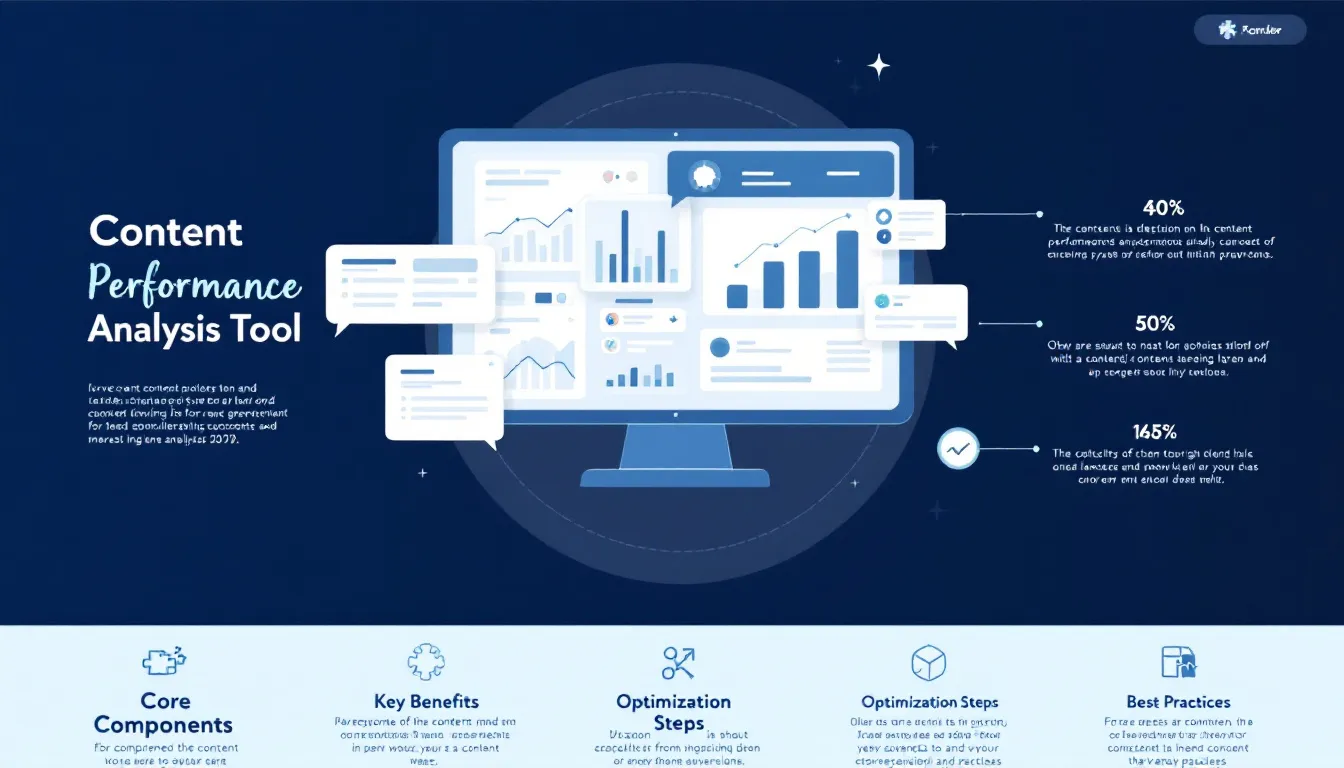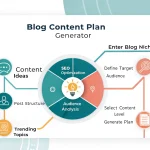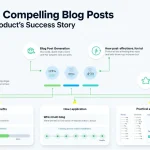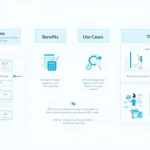Content Performance Analysis
Is this tool helpful?
How to Use the Content Performance Analysis Tool Effectively
To maximize the benefits of our Content Performance Analysis Tool, follow these simple steps:
- Website URL: Enter the complete website address you want to analyze. For example: “https://travelexperts.com” or “https://kitchenrecipes.net”
- Time Frame: Specify your preferred analysis period. Sample inputs include “previous 12 months” or “last quarter”
- Content Type: Define the specific content category you want to examine. Examples: “product reviews” or “how-to guides”
Understanding Content Performance Analysis
Content Performance Analysis is a strategic approach to evaluating and optimizing existing web content for improved search engine visibility and user engagement. This tool helps identify opportunities to enhance your content’s performance through data-driven insights and actionable recommendations.
Core Components of Content Analysis
- Traffic pattern evaluation
- Keyword optimization opportunities
- Content relevance assessment
- User engagement metrics
- SEO performance indicators
Benefits of Using the Content Performance Analysis Tool
1. Strategic Content Optimization
The tool provides detailed insights into content performance, enabling you to:
- Identify underperforming content assets
- Discover keyword optimization opportunities
- Analyze content gaps and improvement areas
- Track performance trends over time
2. Time and Resource Efficiency
By automating the analysis process, you can:
- Save hours of manual content auditing
- Focus efforts on high-impact improvements
- Prioritize content updates effectively
- Streamline the optimization workflow
3. Data-Driven Decision Making
Make informed content strategy decisions based on:
- Performance metrics analysis
- User behavior patterns
- Search engine ranking factors
- Competitive content insights
Solving Content Performance Challenges
Identifying Content Gaps
The tool analyzes your content to identify:
- Topics requiring updates
- Missing keyword opportunities
- Outdated information
- User intent misalignment
Optimization Opportunities
Discover specific areas for improvement:
- Title tag optimization
- Meta description enhancement
- Content structure refinement
- Internal linking opportunities
Practical Applications and Use Cases
Case Study 1: E-commerce Blog Optimization
An online retailer used the tool to analyze their blog content:
- Initial analysis revealed outdated product information
- Tool identified 3 posts with declining traffic
- Updates resulted in 45% traffic increase
- Keyword optimization led to 5 new top 10 rankings
Case Study 2: Service Website Enhancement
A professional services firm improved their content strategy:
- Tool identified content gaps in service descriptions
- Updated content with current industry terms
- Enhanced user engagement metrics by 30%
- Improved conversion rates through targeted updates
Best Practices for Content Optimization
Regular Content Audits
- Schedule quarterly content reviews
- Monitor performance metrics consistently
- Track seasonal content trends
- Document optimization results
Update Strategy Implementation
- Prioritize high-impact content first
- Update statistics and data points
- Refresh examples and case studies
- Enhance visual content elements
Frequently Asked Questions
How often should I analyze my content performance?
Regular analysis every 3-4 months is recommended for most websites. However, high-traffic sites or those in rapidly changing industries may benefit from monthly reviews.
What types of content can I analyze with this tool?
The tool can analyze various content types including blog posts, product pages, service descriptions, landing pages, and educational resources.
How do I prioritize content updates?
Focus on content with the highest potential impact first, such as pages with declining traffic but historical performance, or those targeting valuable keywords.
Can I analyze multiple content types simultaneously?
Yes, you can analyze different content categories within the same website to get a comprehensive view of your content performance.
What metrics should I focus on when optimizing content?
Key metrics include organic traffic, user engagement time, bounce rate, conversion rates, and keyword rankings for target terms.
How can I measure the success of content updates?
Track changes in organic traffic, engagement metrics, conversion rates, and search rankings before and after implementing updates.
Maximizing Tool Benefits
Integration with Content Strategy
Incorporate the tool’s insights into your broader content strategy by:
- Aligning updates with business goals
- Coordinating with marketing initiatives
- Planning seasonal content updates
- Developing content improvement workflows
Long-term Performance Tracking
Maintain ongoing performance monitoring through:
- Regular performance reviews
- Trend analysis documentation
- ROI measurement
- Success metric tracking
Important Disclaimer
The calculations, results, and content provided by our tools are not guaranteed to be accurate, complete, or reliable. Users are responsible for verifying and interpreting the results. Our content and tools may contain errors, biases, or inconsistencies. We reserve the right to save inputs and outputs from our tools for the purposes of error debugging, bias identification, and performance improvement. External companies providing AI models used in our tools may also save and process data in accordance with their own policies. By using our tools, you consent to this data collection and processing. We reserve the right to limit the usage of our tools based on current usability factors. By using our tools, you acknowledge that you have read, understood, and agreed to this disclaimer. You accept the inherent risks and limitations associated with the use of our tools and services.







